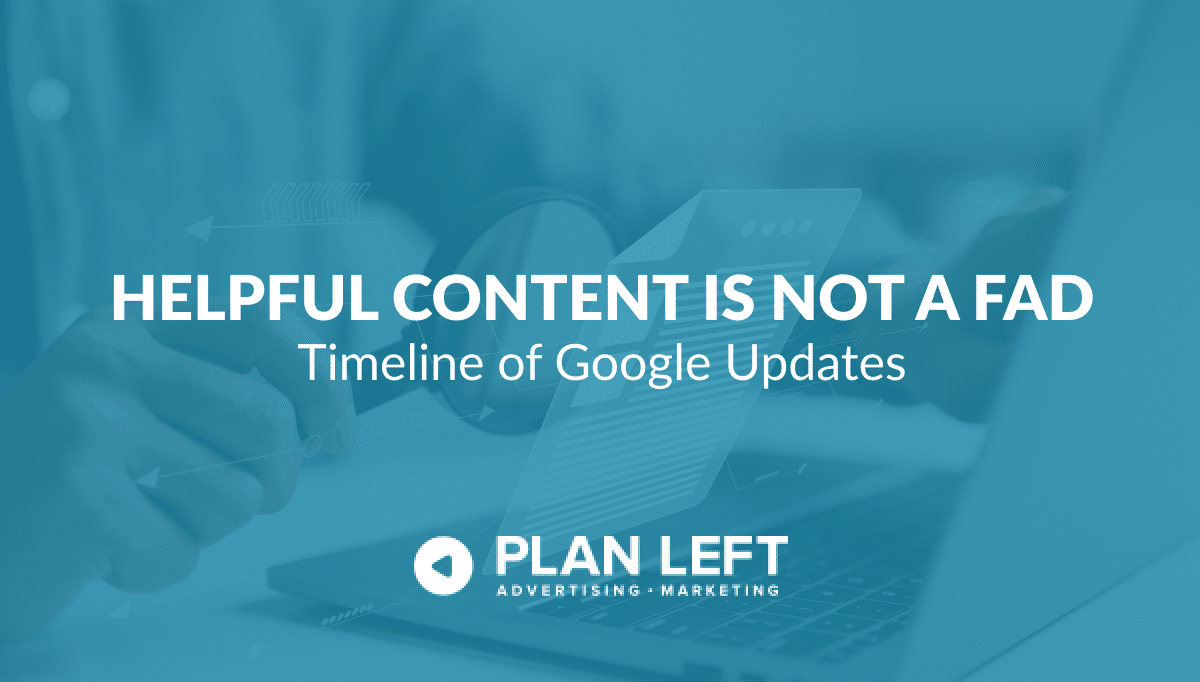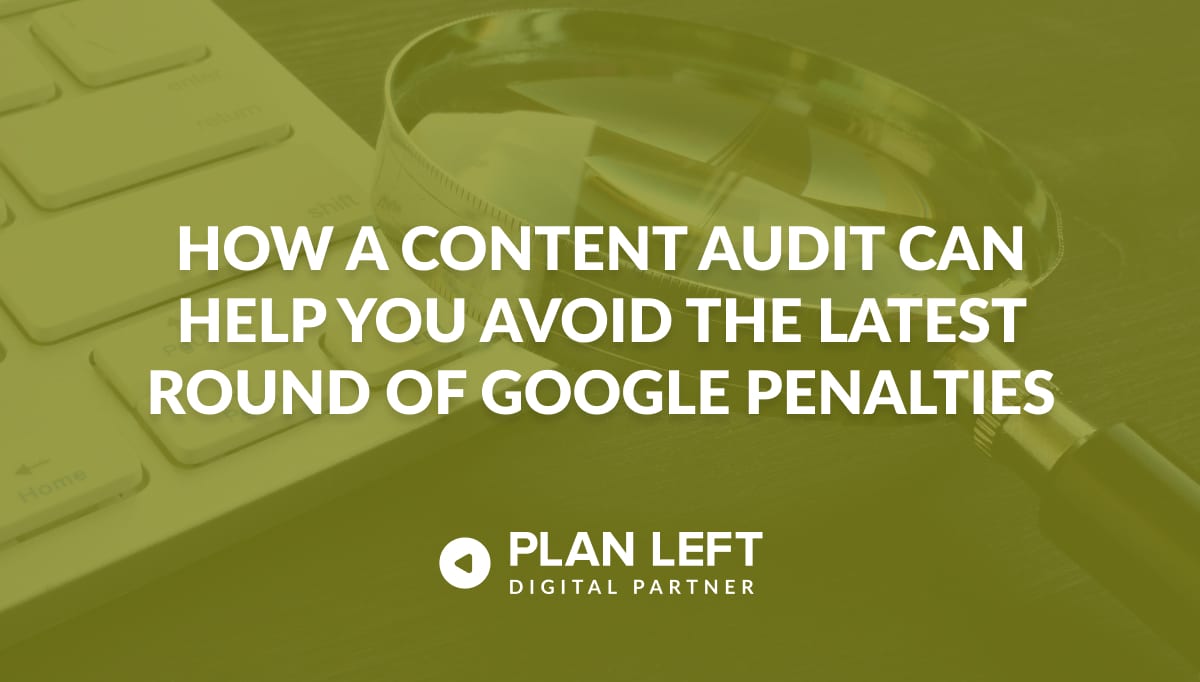
We can’t emphasize enough how important a great website is for your marketing and selling efforts. The problem is, you can spend thousands of dollars on a slick new site, only to find out that it doesn’t come close to meeting your needs. The only thing worse is not knowing that your website isn’t performing as it should.
One big hint that your site frustrates your visitors is your bounce rate. How long are people hanging around once they find you? If you have a high bounce rate and super short sessions, then your expensive website is not engaging your buyers. Wondering what might be wrong? These common user experience mistakes might be at fault.
No Mobile Optimization
With Google penalizing websites that aren’t mobile friendly, the writing is now on the wall. Sites that haven’t been optimized for mobile devices just won’t make the cut anymore. We know we harp on it all the time, but no company can afford to lose whatever rankings they already have with Google, right?
Here’s the thing, though: A lot of businesses truly believe they have a mobile friendly site because they have a mobile address. That m-dot address should mean that you’re set, right? Well, it doesn’t. It means you have two websites for Google to search, two websites to update and optimize for SEO—and even then, your mobile site may not load correctly on all mobile devices.
If you work with developers who focus on responsive design, all of your worries will disappear. Responsive design requires no additional URL, no templates, no need to test on every known mobile device now and in the future. You should make sure images and text are easy to see, test links to make sure they’re clickable without fat-fingering on tiny screens, and consider linking phone numbers and addresses for easy calling or mapping.
Disorganized or Poor Content
The content on your website is what makes your website your most important marketing tool. If it’s lazy, fluffy, disorganized, or useless, then so is your website. Remember when determining the content for each page that your customers are there for answers. It is your chance to shine, yes, but do so with information instead of flashy features.
Your content—which includes so much more than just words—should lead buyers on a logical path from discovery to purchase. Questions can be answered on each and every page, from your “About Us” page to the “Contact” page. Videos, images, blogs, ebooks, white papers, case studies—all of these things work together to paint a picture of your company for any and all who visit your website. That picture won’t make sense if you’re not focused on educational content.
Lack of Conversion Opportunities
When someone visits your website, they probably want to learn whatever they can about your business. Even those who just arrived for a quick glance at your blog can be convinced to check out other pages within your site. You just have to give them the opportunity to make decisions and follow through with those choices.
Take a look at your website. Do you have a call-to-action on your home page? Flip through your blog. Do you provide links to other pages on your site where visitors can get more information? With every step on your site, there should be a decision for buyers to make, and you never want that decision to be the exit.
So, what do you think? Are your website visitors getting the most out of your site? Are there things you could fix to provide a better user experience for your buyers? If you need some help determining UX errors and fixing them, we’re here. Our specialty is fixing broken stuff.
Explore Latest Posts
Google says the quality of your webpage is a ranking factor, but what is ‘quality’ according to Google? That would ... read more
April 19, 2024
In 2011, Google first changed how content was written with the Panda Update by changing how keywords could be used ... read more
April 17, 2024
The latest Google algorithm changes have shaken the search marketing world. While the Google Spam update has finished, the Google ... read more
April 16, 2024
MARKETING insights
Join the Thousands Who Receive Our Twice-Monthly Newsletter.
It's hard to keep up. Our newsletter is packed with buyer behavior insights, the latest marketing and technology updates, work/life balance tips, and—because we ❤️ our support staff—adorable pets looking for forever homes. Only twice per month. No clogged inboxes. You can't say no.




